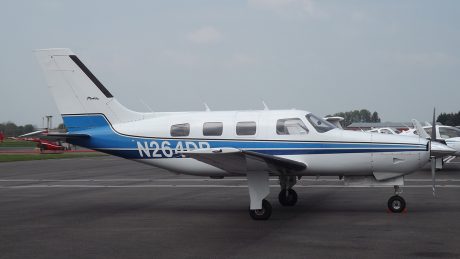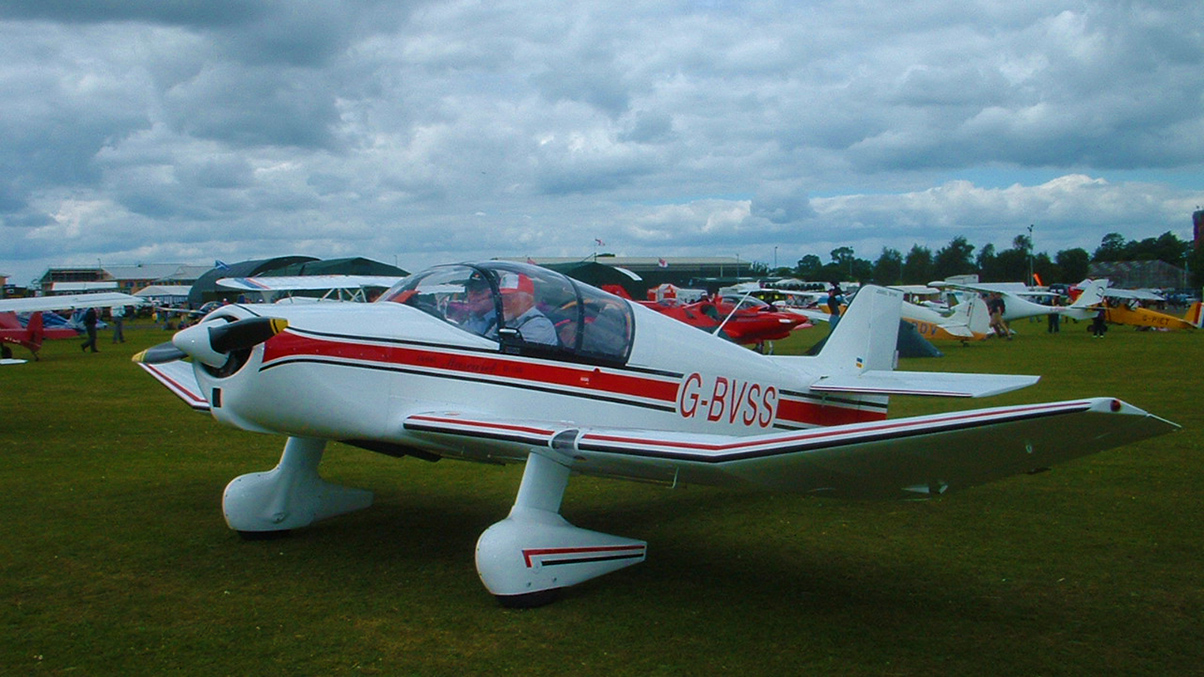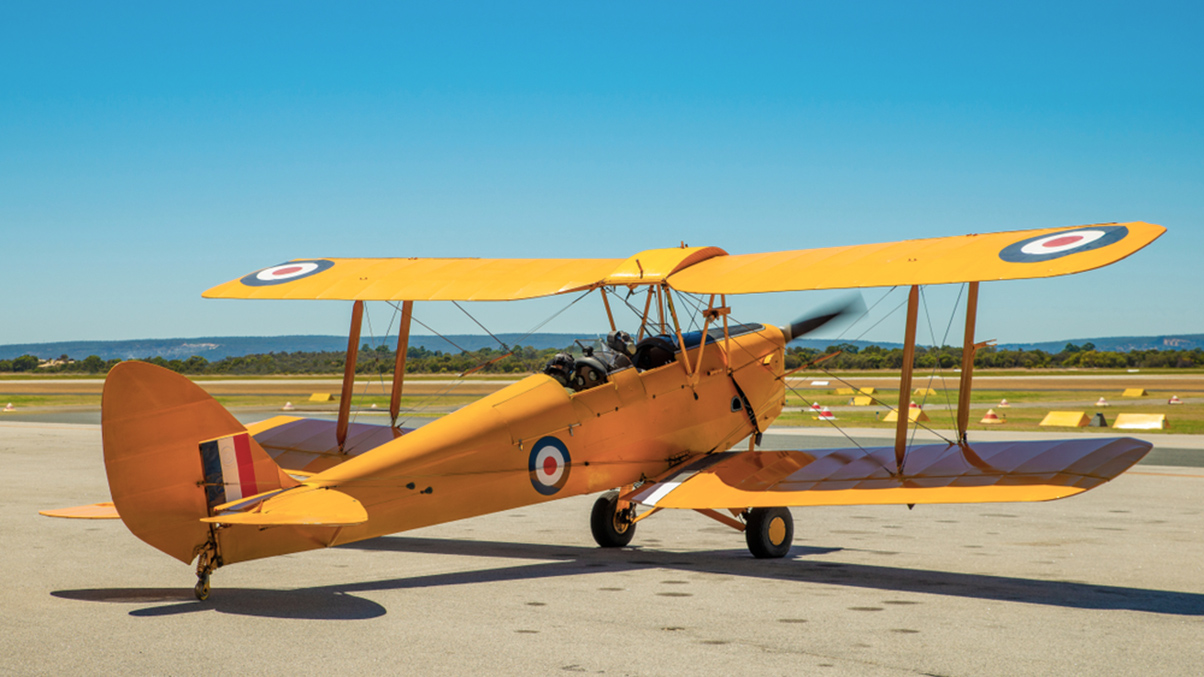The story of footballer Emiliano Sala is a tragic one and illustrates the risk involved in any aircraft charter. Peter Neenan evaluates how to protect yourself and your family if you charter a flight.
Emiliano’s story
In 2015, aged 24, Emiliano Sala moved to French League 1 side Nantes after five years at Bordeaux, where he spent most of his time on loan at Orléans, Niort and Caen. With 42 goals in 120 appearances during his four years at the club and consistent top goalscoring performances, Sala appeared to have found his form. In January 2019, he joined Premier League side Cardiff City on a three-and half-year deal for a club record fee of £15m.
On 19 January 2019, after completing his medical, Sala sought to fly to his previous club to say goodbye to his teammates and collect his personal belongings. He agreed to fly in a Piper Malibu aircraft on a flight arranged by ex-football agent Willie McKay, father of Mark McKay, who had been involved in Sala’s deal. Sala famously described the plane in a leaked WhatsApp message as “falling apart”, and it was on the return flight to Cardiff, at night and in poor weather, that the aircraft disappeared.
His body was found three weeks later, on 7 February 2019. Toxicology tests revealed high exposure to carbon monoxide, likely resulting in drowsiness for Sala and the pilot. The final report produced by the Air Accident Investigation Branch makes for harrowing reading. Among many damning conclusions, the AAIB found:
- the flight was illegal as the aircraft was permitted to be used only for private flights and not commercial use
- the pilot did not have a night rating, so should not have flown the aircraft at night
- the pilot’s single-engine piston license (the type of plane that the Piper Malibu was) had expired, so he was not qualified to fly the aircraft at the time of the accident
- the autopilot and flight director had a fault and should have been labelled as inoperative
The direct cause of the accident was a series of abrupt, unstable, irregular and high-speed turns that caused the structural failure of the aircraft. These turns were likely intended to avoid bad weather but were probably influenced by severe carbon monoxide poisoning.
The inquest into Sala’s death has been listed for February 2022. It is hoped it will shine more light upon the practices of illegal chartering that continue to endanger lives around the world.
Repeated mistakes
The circumstances of Sala’s death and the failures of those involved in the chartering of the aircraft is highly reminiscent of our 2014 case Dusek v Stormharbour Securities. In Dusek, Stewarts represented the widow of an infrastructure and project finance specialist, Tomas Dusek, in a first-of-its-kind claim against his employer following his death in a helicopter accident in the Andes of Peru. Mr Dusek had been sent to the Andes for a due diligence trip related to a hydroelectric dam with representatives from Samsung and K-Water.
On the return flight from Mazuco to Cusco across the Andes Mountains, the crew encountered bad weather. In failing light and with no option to return to the unlit airfield they had left, they climbed higher and higher into the Andes Mountains hunting for a way through. As in Sala, they were not licensed to fly at night and lacked the equipment to do so. Eventually, with darkness upon them, they exceeded the helicopter’s maximum operational limit before stalling and crashing into the mountains.
Lessons to be learned
In his judgment in favour of our client, the judge set out a series of practical steps that employers, assistants and individuals involved in organising charter flights should take, steps that Mr Dusek’s employers had not taken. They are as relevant in 2014 as they are today and, if followed, would have saved Sala’s life.
These steps include:
- For any aircraft charter, understand the risks. Not every charter operator is the same, and there are vast differences between the safety practices at the best and worst operators. In Mr Dusek’s case, simply being aware of the remoteness of the flight, the inhospitable terrain, the type, condition and age of the helicopter, the route, the weather in the area and the permitted operations for the operator should have raised alarm bells for the employer.
- If there are risk factors, get an expert involved. Many companies specialise in the risk assessment of aircraft operators, and it is not expected that an employer or business will understand those risks. A desktop review by a competent aviation assessor can be completed for a minimal cost, usually a fraction of the cost of the charter. That would provide comfort about whether the concerns as to risk are justified.
- If necessary, undertake a remote audit. If alarm bells continue to be raised following the desktop review and the flight cannot be avoided, more detailed remote audits of operators can be undertaken. These can be particularly helpful when establishing a longer-term relationship for multiple trips. An audit would cover everything from the operator’s safety management system to the aircraft and crew, their licenses, experience and even the hours they work.
- Check the insurance. In Dusek, the insurance held by the airline to compensate families following an accident amounted to just USD $250,000, a tragically small and inadequate amount. We have seen cases involving flights in Africa where the insurance held by the airline amounted to just USD $25,000. This will be covered in any remote audit, but it should always be top of the questions to ask, even without any type of audit.
- If worst comes to worst, don’t go or find another way to travel. We cannot stress enough how dangerous flying can be on the wrong aircraft. Those who experience flying on reputable and highly experienced operators may not recognise quite the level of work, experience and dedication that goes into making their operations safe.
Safe travels.
Image of N264DB Piper Malibu 46 by James from Cheltenham, Gloucestershire, CC BY-SA 2.0, via Wikimedia Commons
You can find further information regarding our expertise, experience and team on our Aviation pages.
If you require assistance from our team, please contact us.
Subscribe – In order to receive our news straight to your inbox, subscribe here. Our newsletters are sent no more than once a month.






